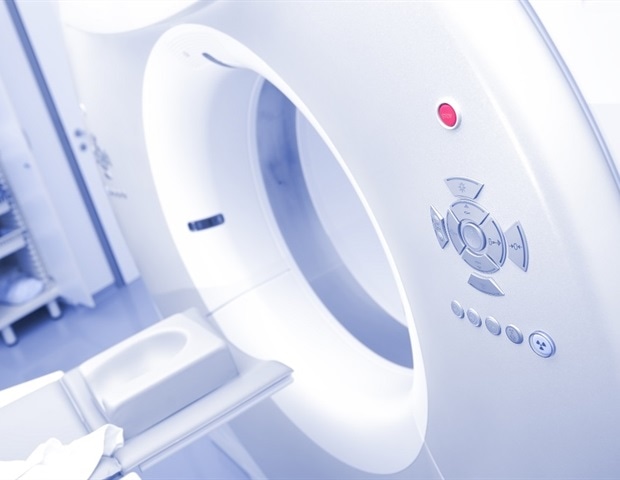Revolutionizing Attenuation Correction with Artificial Intelligence
A groundbreaking research paper recently published in Oncotarget’s Volume 15 introduces a novel approach to attenuation correction in whole-body PSMA PET/CT studies. The study, conducted by a team of esteemed researchers from the National Cancer Institute, proposes the use of an artificial intelligence tool to generate attenuation-corrected PET images from non-attenuation-corrected PET images, ultimately aiming to reduce the need for low-dose CT scans in oncology patients.
The Potential Impact on Oncology Patients
One of the key limitations in the sequential PET/CT studies of oncology patients is the exposure to radiation from repeated CT scans. By employing a deep learning algorithm based on Pix-2-Pix generative adversarial network architecture, the researchers were able to develop a model that could generate accurate attenuation-corrected PET images from non-attenuation-corrected ones. This innovation has the potential to significantly reduce the necessity for CT scans, thereby lowering radiation exposure for patients without compromising the quality of diagnostic imaging.
Insights from the Research
The study involved the analysis of 302 prostate cancer patients who underwent 18F-DCFPyL PSMA PET-CT studies. The deep learning model demonstrated impressive results, with metrics such as normalized mean square error, mean absolute error, structural similarity index, and peak signal-to-noise ratio all indicating high accuracy in generating attenuation-corrected PET images. Moreover, the AI-generated PET images exhibited a strong correlation with original quantitative imaging markers, highlighting the clinical potential of this approach in preserving image quality while minimizing the need for CT scans.
Implications for the Future of Imaging Technology
The findings from this study offer promising implications for the future of diagnostic imaging technology. By leveraging the power of artificial intelligence, healthcare providers can streamline imaging processes, reduce patient exposure to radiation, and enhance the overall efficiency of diagnostic procedures. As AI continues to advance in the field of healthcare, we can expect to see more innovative solutions that revolutionize medical imaging and improve patient care outcomes.
Conclusion
The integration of artificial intelligence into attenuation correction for PET imaging represents a significant advancement in diagnostic radiology. This research underscores the potential of AI to transform the way we approach imaging studies in oncology, paving the way for safer, more efficient, and higher-quality diagnostic procedures for patients. As technology continues to evolve, the intersection of artificial intelligence and healthcare will undoubtedly lead to a new era of innovation in medical imaging.
Source: Journal reference: Ma, K. C., et al. (2024). Deep learning-based whole-body PSMA PET/CT attenuation correction utilizing Pix-2-Pix GAN. Oncotarget.
IntelliPrompt curated this article: Read the full story at the original source by clicking here a fun game: sprunki horror

